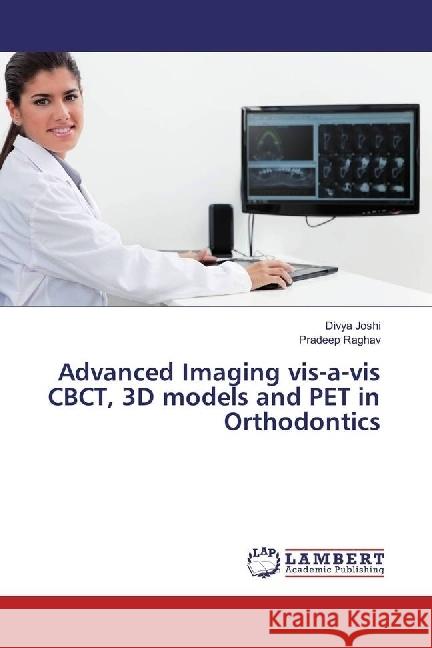Advanced Imaging vis-a-vis CBCT, 3D models and PET in Orthodontics » książka
Advanced Imaging vis-a-vis CBCT, 3D models and PET in Orthodontics
ISBN-13: 9783659970962 / Angielski / Miękka / 2016 / 140 str.
Imaging is one of the most ubiquitous tools orthodontists use to measure and record the size and form of craniofacial structures. Despite the diverse image acquisition technologies currently available, standards have been adopted in an effort to balance the anticipated benefits with associated costs and risks. CBCT has been a part of medical field over the years.The introduction of cone-beam computed tomography (CBCT) specifically dedicated to imaging the maxillofacial region heralds a true paradigm shift from a 2D to a 3D approach to data acquisition and image reconstruction. It should be recommended in the patients where 2D radiography cannot aid in diagnosing and formulating the treatment plan. In the era of digitization, 3D models proved to be a boon for orthodontics. 3D models has removed the obstacles encountered with using plaster models. Easy archiving and retrieval of the data is possible we all know that communication between the patient and clinician has positive impact on the treatment. The evolution of PET imaging has taken imaging to a new dimension that is from anatomic imaging to functional imaging.We should us these technologies for arriving at a proper diagnosis.











